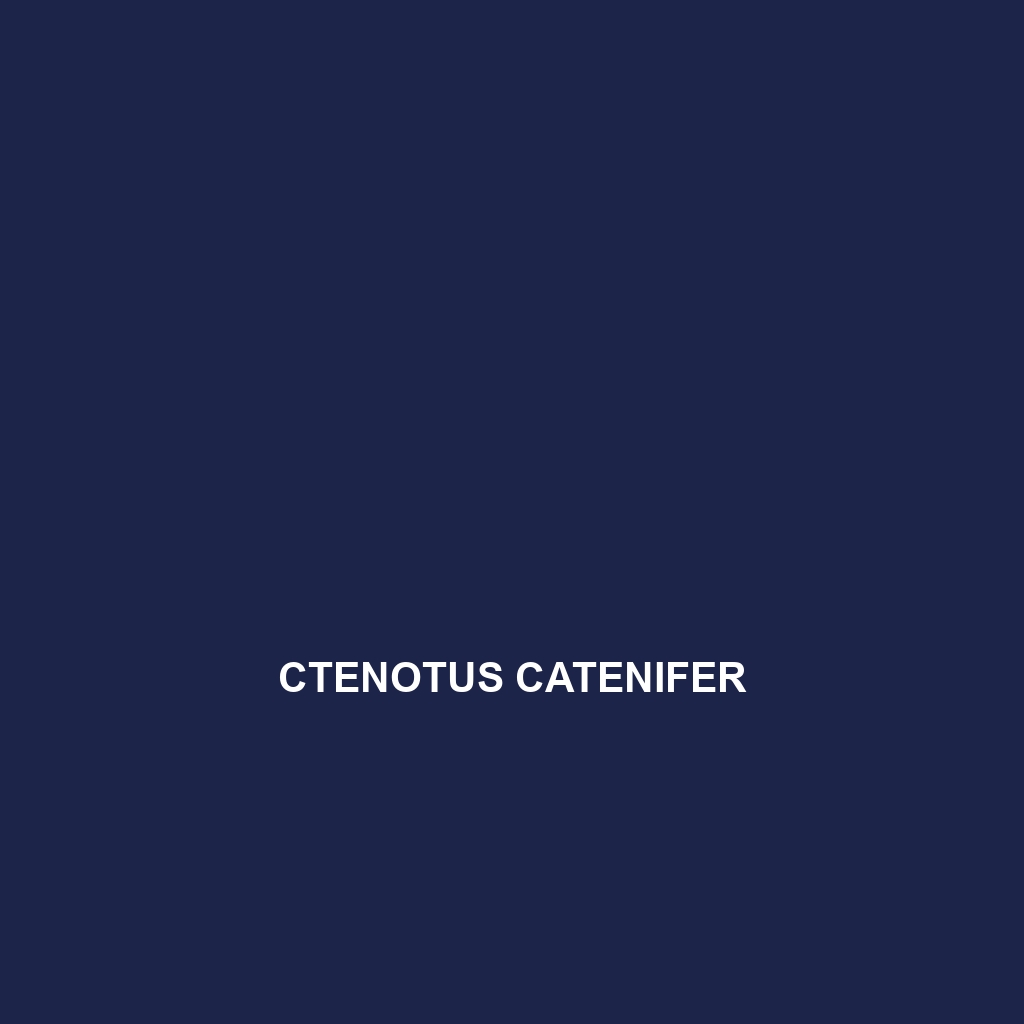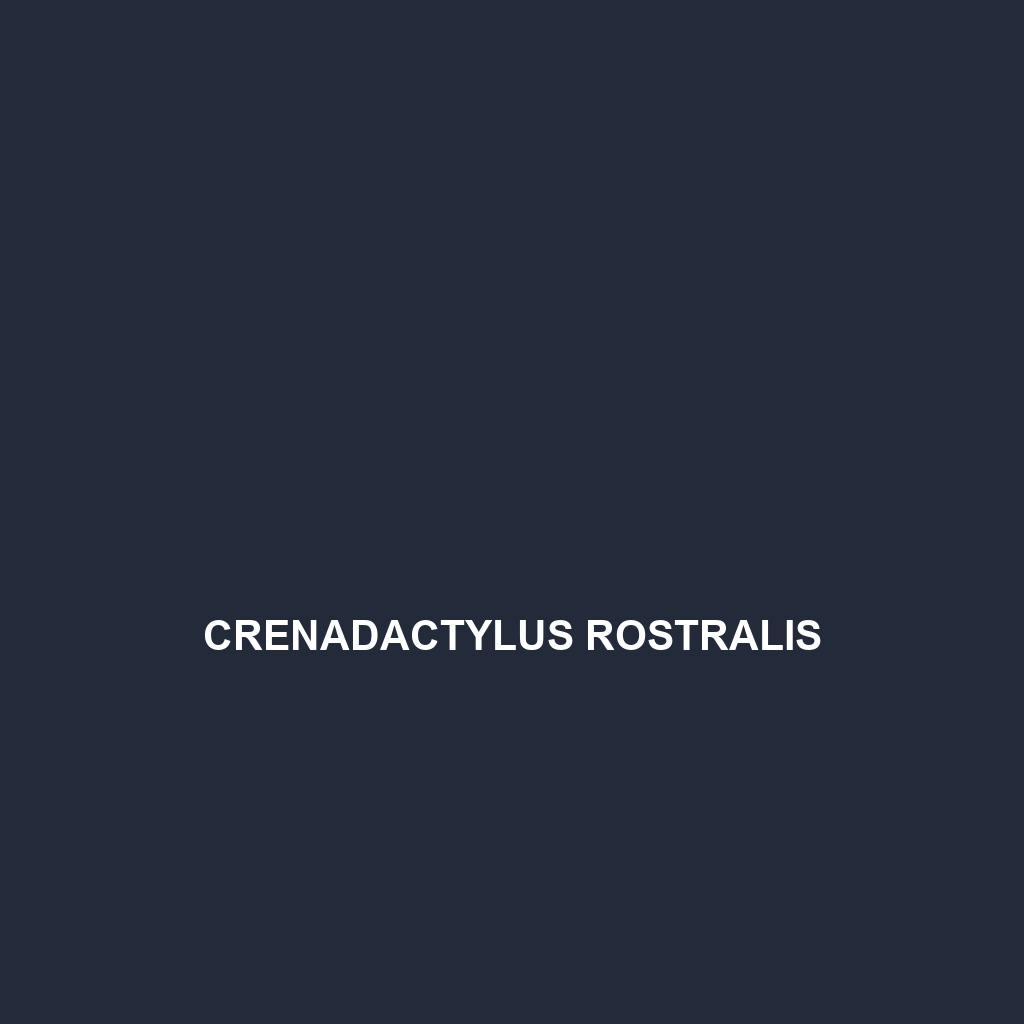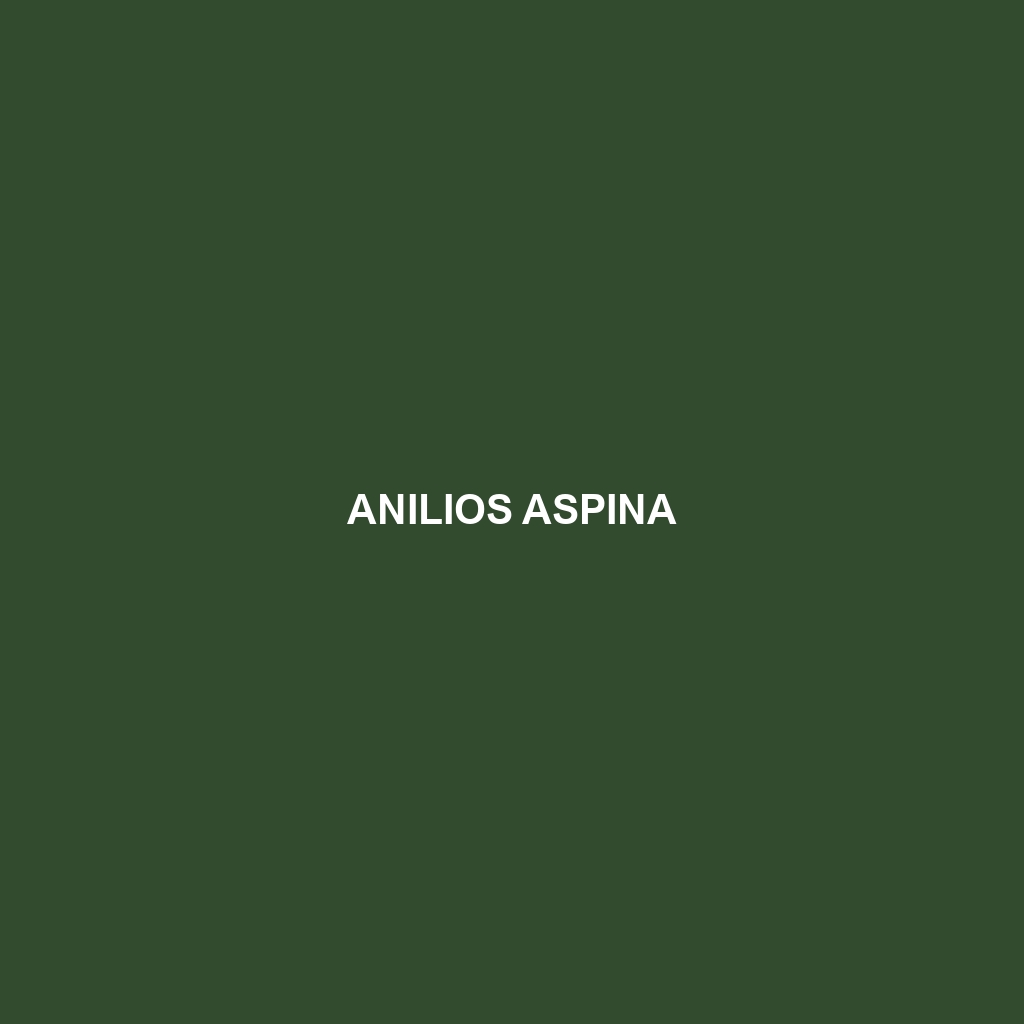Ctenotus fallens, a moderately sized skink native to southeastern Australia, thrives in open woodlands and grassy plains, exhibiting distinctive brown to gray coloration with lighter stripes. This diurnal species is agile, feeds primarily on insects, and plays a vital role in pest control while exhibiting unique social behaviors during mating.
Tag: Australian biodiversity
Ctenotus essingtonii
Ctenotus essingtonii, commonly known as the Essington Skink, is a medium-sized lizard found in northern Australia's arid regions, characterized by its slender body, vibrant yellow or orange stripes, and diurnal behavior. This resilient species primarily feeds on insects and plays a critical role in its ecosystem as both predator and prey.
Ctenotus capricorni
Discover the Ctenotus capricorni, a medium-sized skink native to Australia’s arid regions, featuring a light brown to sandy coloration with distinctive stripes. This insectivorous lizard exhibits burrowing behavior, quick reflexes, and plays a crucial role in regulating insect populations within its ecosystem.
Ctenotus catenifer
Discover the Ctenotus catenifer, or striped ctenotus, a slender lizard native to southeastern Australia, characterized by its distinctive stripes and agile movements. This diurnal predator thrives in grasslands and woodlands, primarily feeding on insects while playing a crucial role in maintaining ecological balance.
Cryptoblepharus gurrmul
The Gurrmul skink (Cryptoblepharus gurrmul) is a slender, agile lizard found in northern Australia and New Guinea, recognized for its camouflaging brown and green coloration and flattened head. Thriving in humid environments, this species plays a crucial role in controlling insect populations and contributes to the ecological balance in its habitat.</p>
Crenadactylus rostralis
Discover the Crenadactylus rostralis, a nocturnal Australian gecko known for its striking coloration and exceptional climbing abilities. This agile insectivore thrives in arid environments, playing a vital role in the ecosystem by controlling insect populations.
Carlia rostralis
Explore the <i>Carlia rostralis</i>, a small skink native to Australia and New Guinea, known for its striking color pattern, active daytime behavior, and diet primarily consisting of small invertebrates. This agile species plays a vital role in its ecosystem by controlling insect populations and serving as prey for larger predators.
Carlia aramia
Discover the vibrant Carlia aramia, a slender skink native to the tropical rainforests of northeastern Australia, known for its agility, vivid coloration, and crucial role in the ecosystem as both predator and prey. This vulnerable species thrives in humid environments, showcasing remarkable camouflage and social behaviors during its diurnal activities.
Anilios yirrikalae
Discover the Yirrikala Blind Snake (Anilios yirrikalae), a slender, non-venomous species native to the tropical forests of northern Australia, known for its distinctive dark brown to black coloration and fossorial lifestyle. This vulnerable species plays a crucial role in its ecosystem by aerating soil and regulating invertebrate populations.
Anilios australis
Discover the Anilios australis, or southern blind snake, a fossorial species native to southern Australia, characterized by its slender body, smooth scales, and nocturnal feeding habits on small invertebrates. This non-venomous snake plays a crucial role in its ecosystem by aerating soil and controlling invertebrate populations.








